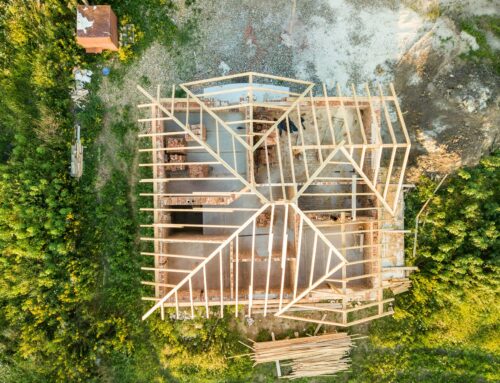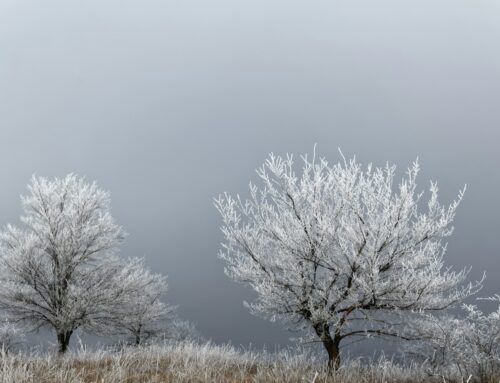In the pursuit of urban development and land management, the removal of trees and subsequent stump grinding has become a common practice. While these actions may seem innocuous at first glance, the impact they have on wildlife habitat restoration is often overlooked.
Trees serve as pillars of life, providing shelter, food, and breeding grounds for countless organisms. However, as human settlements expand, the need to clear trees and stumps becomes inevitable. This seemingly straightforward process, aimed at creating space for infrastructure and development, can have far-reaching consequences on the natural habitats of wildlife.
By understanding the impact of these practices on wildlife and implementing responsible restoration strategies, we can strive towards a harmonious coexistence between humans and the diverse array of species that share our planet.
Exploring the Effects of Tree Removal and Stump Grinding on Wildlife Habitats
1. Understanding the Importance of Healthy Wildlife Habitats
A well-balanced and healthy ecosystem is essential for the survival and well-being of native plant and wildlife species within residential and commercial properties in Fairfield and New Haven County, Connecticut.
Maintaining and restoring wildlife habitats within these spaces allows native species to thrive while contributing to the overall health and functionality of the environment. Residential and commercial landscapes that foster healthy ecosystems can provide numerous benefits, such as improved air quality, reduced soil erosion, and enhanced local biodiversity.
2. Identifying Potential Threats to Wildlife Habitat Health
Dead, dying, or diseased trees and neglected stumps can pose significant threats to the health of wildlife habitats within residential and commercial properties. Some common issues associated with these unhealthy landscape elements include:
- Spread of disease and pests: Decaying trees and stumps can become breeding grounds for invasive insects and fungi, which may weaken surrounding plant life and potentially disrupt the ecosystem.
- Fragmentation of habitat: Diseased trees and leftover stumps can impede the growth of native plant species, leading to the fragmentation of habitats that are critical for the survival and reproduction of wildlife.
- Competition for resources: The presence of unhealthy tree elements may create competition between native and invasive species for essential nutrients, water, and sunlight, resulting in unfavorable living conditions for native wildlife.
Proactively addressing these threats through expert tree removal and stump grinding services is vital to maintaining a healthy and balanced ecosystem within your property.
3. Implementing Effective Tree Removal and Stump Grinding Strategies
To restore and preserve threatened wildlife habitats in residential and commercial properties, it is essential to employ responsible tree care practices that prioritize the health of the surrounding ecosystems. Some effective strategies to achieve this include:
- Selective tree removal: Remove only trees that are dead, dying, or diseased, minimizing the disturbance caused to healthy nearby vegetation and wildlife populations.
- Stump grinding: Eliminate leftover stumps to prevent the growth of invasive species, diseases, and pests while making space for native plant regeneration.
- Post-removal habitat management: Prepare the area for habitat restoration by fostering the growth of native plant species and monitoring the health of the recovering ecosystem.
Consulting with a professional tree removal and stump grinding service, such as JNP Tree Removal, LLC, can provide valuable insights into the most effective and responsible practices for maintaining the health and balance of your property’s ecosystem.
4. Advocating for Wildlife Habitat Conservation in Residential and Commercial Spaces
For property owners in Fairfield and New Haven County, Connecticut, protecting and restoring local wildlife habitats is not only an environmental responsibility but also a critical aspect of fostering sustainable, eco-friendly communities. To actively contribute to these conservation efforts, property owners can take several actions, such as:
- Educating themselves and their communities about the importance of healthy wildlife habitats and the potential threats posed by dead, dying, or diseased trees and neglected stumps.
- Collaborating with local conservation organizations and experts to learn about native plant and wildlife species and how to best support their survival in residential and commercial environments.
- Promoting environmentally responsible tree care practices among their neighbors, family, and friends, spreading the message of habitat conservation throughout the community.
By working together, property owners and local conservationists can significantly impact the health and vitality of wildlife habitats within Fairfield and New Haven County, Connecticut.
Understanding the Impact of Tree Removal and Stump Grinding
While tree removal and stump grinding can initially disrupt wildlife habitats, they can also be valuable tools in habitat restoration. When approached with careful planning, consideration for wildlife needs, and ongoing monitoring, these practices can contribute to the creation of diverse and thriving habitats that support a variety of wildlife species.
Contact JNP Tree Removal, LLC today to discuss your property’s tree removal and stump grinding requirements in Connecticut, and create a bespoke plan for habitat restoration that aligns with your environmental stewardship goals and values.




